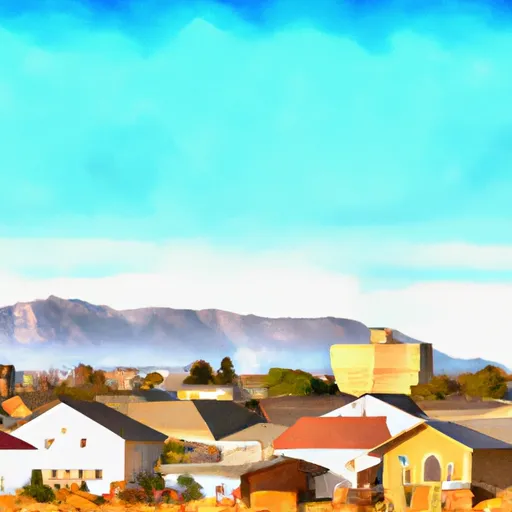°F
°F
mph
Windspeed
%
Humidity











Spencer, Idaho, is a small town located in Clark County. The town experiences a semi-arid climate with hot summers and cold winters. Summers are characterized by temperatures ranging from the mid-80s to low 90s Fahrenheit, while winters can be quite cold with temperatures dropping to the teens and occasional snowfall.
Hydrologically, Spencer is situated in a region with several water sources, including the Snake River, which flows nearby. The area also boasts numerous springs and creeks that contribute to the hydrology of the region.
Outdoor recreation opportunities in Spencer are abundant. The town is surrounded by stunning natural landscapes, making it an ideal destination for outdoor enthusiasts. Nearby attractions include the Caribou-Targhee National Forest, where visitors can enjoy activities such as hiking, camping, fishing, and wildlife viewing. Additionally, the Snake River offers opportunities for water-based activities like boating, kayaking, and fishing.
In conclusion, Spencer, Idaho, offers a semi-arid climate with hot summers and cold winters. The region benefits from various water sources, including the Snake River, springs, and creeks. Outdoor enthusiasts can enjoy a range of activities in the nearby Caribou-Targhee National Forest and the Snake River.
Weather Forecast
Spencer receives approximately 515mm of rain per year, with humidity levels near 64% and air temperatures averaging around 5°C. Spencer has a plant hardyness factor of 5, meaning plants and agriculture in this region thrive during a short period during spring and early summer. Most plants will die off during the colder winter months.
Regional Streamflow Levels
120
Cubic Feet Per Second
258
Cubic Feet Per Second
22
Cubic Feet Per Second
119
Cubic Feet Per Second
Nearby Camping
| Camping Area | Reservations | Toilets | Showers |
|---|---|---|---|
| Stoddard Creek |



